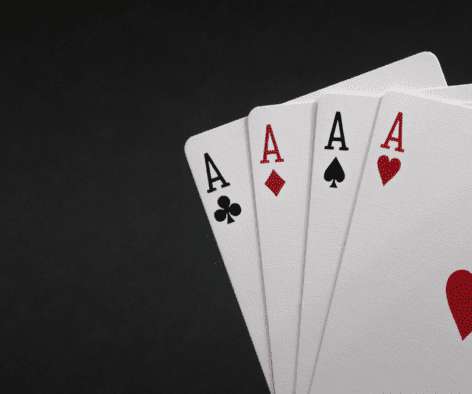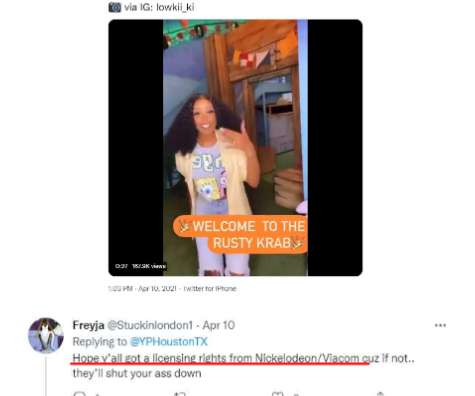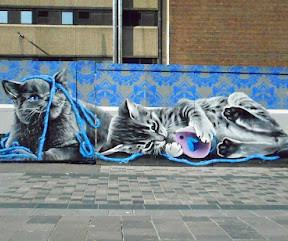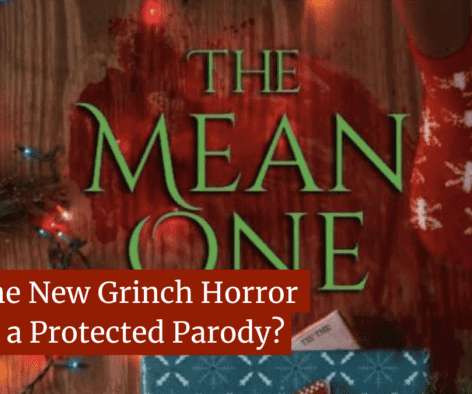3 Count: NFT Repeat
Plagiarism Today
DECEMBER 8, 2021
Fitzpatrick’s videos includes reviews of manga and anime offerings and often makes use of the source material but in a limited capacity. According to Fitzpatrick, he ensures that himself and those that work for him follow both YouTube’s fair use policy and the various countries that they operate in.
















Let's personalize your content